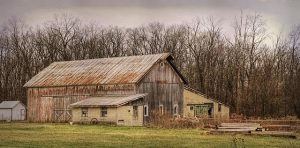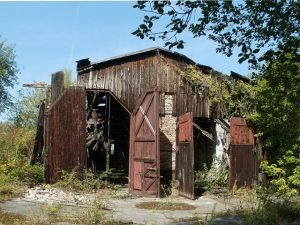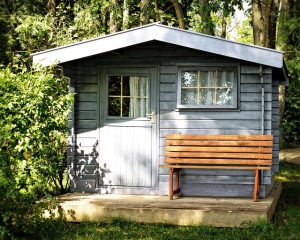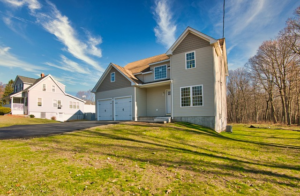Optimizing Cattle Farms: Top Farm Shed Designs for Southern NSW Climate Resilience
In Southern New South Wales, optimized farm shed designs are crucial for robust cattle operations, especially given the area's challenging climate that ranges from drought to heavy rainfall. The best farm sheds cater to animal shelter, fee…….
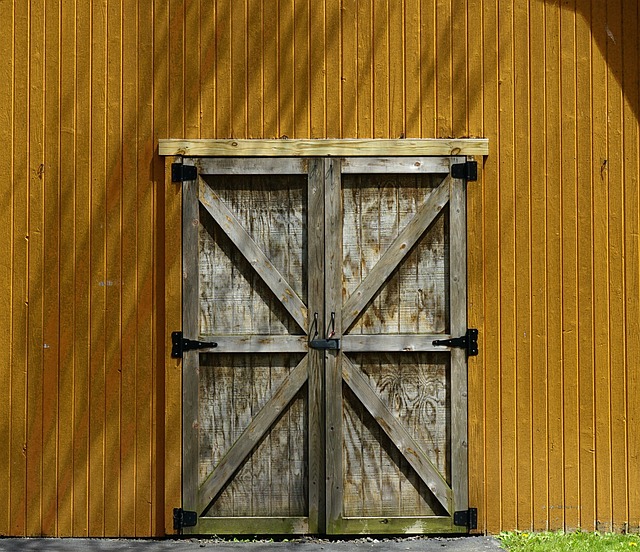
In Southern New South Wales, optimized farm shed designs are crucial for robust cattle operations, especially given the area's challenging climate that ranges from drought to heavy rainfall. The best farm sheds cater to animal shelter, feed and machinery storage, while accommodating efficient daily workflows. These structures must be made of durable materials like Colorbond steel, chosen for their resistance to coastal and inland environmental factors. Design elements such as natural lighting and ventilation are key to enhancing animal well-being and reducing energy costs. Vermin-proof feed storage areas ensure the longevity of fodder, and strategically placed sheds near pastures and water sources promote animal health and operational efficiency. Investing in farm sheds that are tailored to withstand Southern NSW's subtropical climate, with materials like galvanized or Colorbond steel for resilience against humidity and temperature fluctuations, is essential for productivity and sustainability. Modern innovations in farm shed design include sophisticated ventilation systems to regulate the temperature year-round, skylights for natural lighting, and advanced feeding systems for precise ration distribution, all contributing to healthier livestock and more efficient farming operations. These farms also emphasize biosecurity with easy-to-clean surfaces and layouts to minimize disease risks, reflecting a high commitment to animal care and modern, efficient farming practices in New South Wales.
Explore the synergy between innovation and tradition with our comprehensive guide on the best farm shed designs tailored for Southern New South Wales. This article delves into optimizing cattle operations through top-tier farm shed designs that withstand NSW’s subtropical climate, focusing on durable materials and equipment selection. Furthermore, it highlights innovative features in modern NSW farm sheds that not only elevate livestock welfare but also boost operational efficiency, ensuring your farming venture thrives in this vibrant agricultural region.
- Optimizing Cattle Operations: The Top Farm Shed Designs for Southern NSW
- Equipment and Material Considerations for Durable Livestock Sheds in NSW's Subtropical Climate
- Innovative Features Enhancing Livestock Welfare and Efficiency in NSW Farm Sheds
Optimizing Cattle Operations: The Top Farm Shed Designs for Southern NSW
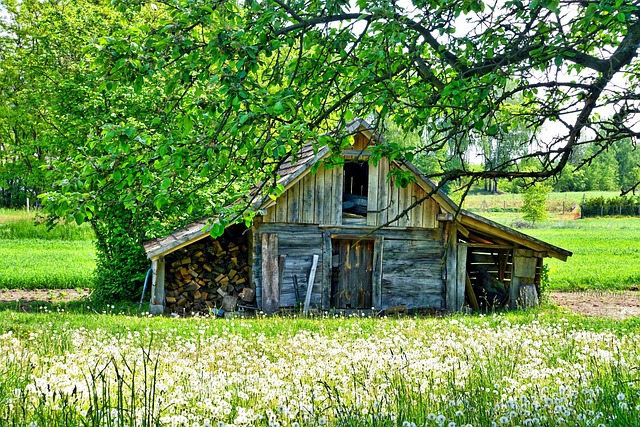
In Southern New South Wales, optimizing cattle operations often hinges on the quality and functionality of farm sheds. These structures play a pivotal role in protecting animals, storing feed and machinery, and facilitating the efficient workflow of daily farming activities. The best farm shed designs for this region take into account the local climate, which can range from harsh droughts to torrential rains, ensuring that livestock are sheltered and comfortable year-round. Durable materials such as Colorbond steel are favored due to their longevity and resistance to corrosion from salty coastal breezes or humid inland conditions.
Furthermore, the layout and design of farm sheds should cater to the specific needs of cattle management. Designs that incorporate ample natural lighting and ventilation systems not only enhance the well-being of the animals but also reduce reliance on artificial lighting and heating, thereby cutting down operational costs. Additionally, incorporating feed storage areas with vermin proofing helps maintain the quality and availability of fodder. The strategic placement of these sheds in relation to pastures and water sources minimizes stock movement and promotes animal health. By investing in well-designed farm sheds tailored for Southern NSW’s unique conditions, cattle farmers can significantly enhance the productivity and sustainability of their operations.
Equipment and Material Considerations for Durable Livestock Sheds in NSW's Subtropical Climate
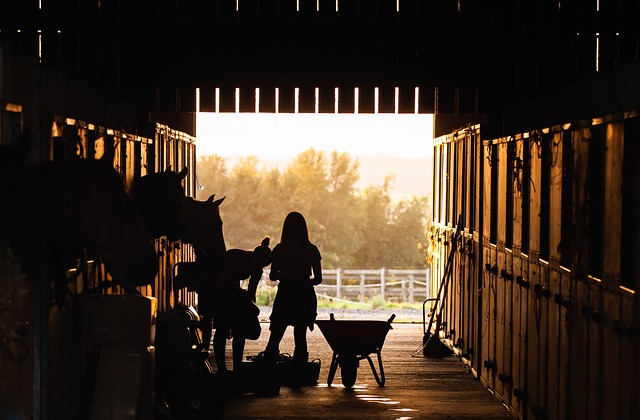
When constructing durable livestock sheds in Southern NSW’s subtropical climate, it’s imperative to consider both the environmental conditions and the specific needs of the animals being housed. The region’s climate is characterized by high humidity and varying temperatures, which necessitates materials that can withstand these challenges. High-quality farm sheds should be built with materials such as galvanized steel or Colorbond steel for longevity and resistance to rust and corrosion, which are common in coastal areas. The roofing should be designed to maximize natural light while providing adequate shade and insulation to protect against extreme heat and cold.
Ventilation is another critical factor; adequate airflow not only ensures the comfort of livestock but also helps to regulate temperatures inside the shed, reducing the risk of overheating or mold growth. The design should include strategically placed windows and vents that can be opened or closed depending on the season. Additionally, the sheds should be constructed with a robust frame, utilizing materials like cypress pine or treated timber known for their durability in humid conditions. Ensuring that the shed’s foundation is well-drained and elevated can prevent water damage from heavy rains, which are common in the region. By carefully selecting materials and designing for functionality and resilience, farm sheds in Southern NSW can offer a secure and comfortable environment for livestock all year round.
Innovative Features Enhancing Livestock Welfare and Efficiency in NSW Farm Sheds
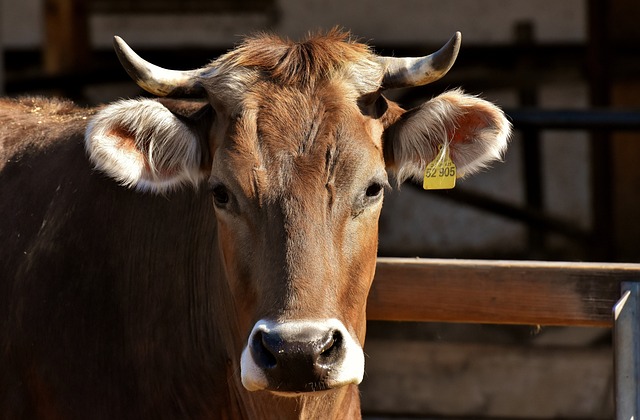
In Southern New South Wales, the integration of innovative features into farm sheds has significantly enhanced livestock welfare and operational efficiency. Modern farm shed designs now incorporate ventilation systems that ensure optimal airflow, maintaining a comfortable environment for animals regardless of the harsh external weather conditions. These systems are critical in temperature regulation, reducing heat stress during summer and safeguarding against cold during winter, which directly impacts the health and productivity of the livestock. Additionally, the use of natural lighting solutions, such as skylights and translucent roof panels, not only reduces energy consumption but also improves animal wellbeing by providing a brighter and more stimulating environment, which can lead to improved growth rates and reduced stress levels.
Furthermore, the sheds are equipped with advanced feeding systems that facilitate precise ration distribution according to individual animal needs, promoting healthy growth and weight management. The integration of automated feeding technologies allows for real-time monitoring and adjustments, ensuring that each animal receives the appropriate nutrition. Moreover, the design of these farm sheds often includes easy-to-clean surfaces and layouts that facilitate efficient biosecurity practices, minimizing the risk of disease transmission. These features, combined with the strategic placement of troughs and drinking systems, contribute to a healthier living environment for livestock, thereby increasing overall productivity on NSW farms. The commitment to incorporating such innovations underscores the dedication of local farmers to maintaining high standards of animal welfare and operational efficiency within their farm sheds.
In conclusion, the optimal farm shed designs for Southern NSW not only cater to the specific needs of cattle operations but also stand as testaments to innovation and durability in the face of the subtropical climate. By integrating advanced features that prioritize both animal welfare and operational efficiency, these structures represent a significant leap forward in the region’s agricultural practices. Farmers in Southern NSW are now well-equipped to enhance their livestock management systems with farm sheds that are robust, sustainable, and conducive to high-quality produce. Embracing these modern farm shed solutions ensures that local producers remain at the forefront of agricultural advancements, safeguarding their livelihoods against environmental challenges while promoting economic growth within the sector.
